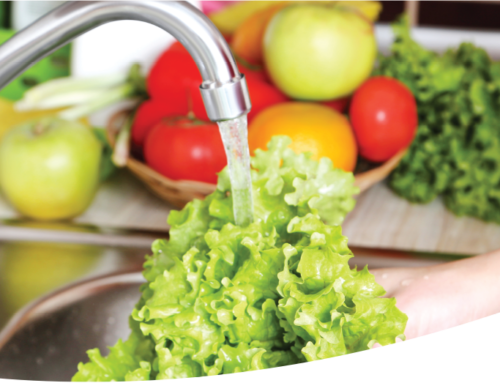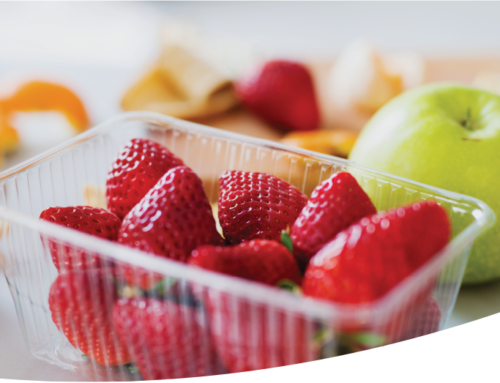How to Plant Your First Organic Garden
Are you a gardener? Would you like to be a gardener but are concerned that you don’t have a green thumb? Take heart—we have some ideas to help you grow your first organic vegetable garden.
First, a disclaimer: gardening isn’t black and white; there’s a lot of gray involved—variables like weather, soil, weeds, etc., can affect your success. Even if you do everything right and the stars align, there’s no guarantee that your carrots and tomatoes will win blue ribbons at the state fair. On the other hand, you could do everything wrong and your radishes could still explode with flavor. With that in mind, here are some tips to help you grow your garden.
Get the Right Tools
Make sure you’re properly equipped. The basics include a hoe and trowels, garden gloves, knee pads, watering can, clippers. A compost bin and soil-testing kit are optional and could be helpful.
Pick a Sunny Spot
Locate your intended garden where there will be plenty of sun. Plants need light. Full sun (about 8 hours a day) is best for most veggies, but you can get away with 4 to 8 hours in some cases (lettuce, greens, and herbs). Start small: fifty or a hundred square feet is plenty of space for a first effort.
Prepare the Soil
You’ll want great soil to give your plants the best chance to grow. Test your soil to assess its quality and determine if any organic nutrients should be added. Use a home testing kit or send a soil sample to your state agricultural office or a university with an agricultural program. Once pH and nutrient levels are determined, make any needed adjustments. Some gardening authorities suggest adding compost (see below) along with a 2-4 inch layer of straw or leaf mulch and plenty of water to produce good soil.
Make Good Compost
All gardens benefit from compost. Composting turns yard waste and food into valuable garden nutrients. Compost will enrich the soil, feed plants, cut down on weeds, and save water. It’s easy to make your own. The best compost is made from a blend of nitrogen- and carbon-rich organic waste mixed with soil, water, and air. For a simple compost pile start with about three square feet of space or use your compost bin. Alternate layers of brown (carbon) material—leaves and garden waste—and green (nitrogen) material—such as kitchen scraps and manure, with a thin layer of soil in between. Put four to six inches of soil on top of the pile. Turn the pile and water lightly as new layers are added. It should take only a couple of months to get good compost. Spread a generous amount of compost around the plants periodically. By the way, there are some things you should never put in a compost pile. Familiarize yourself with them.
Choose Good Plants
For your first garden, you’ll want to buy plants rather than start them from seeds. Check the USDA’s Hardiness Zones to see what grows best in your area. Choose plants that were grown without chemical fertilizers and pesticides. Your local farmers market may be a great source. Buy solid-looking seedlings with few, if any, blooms and root systems that don’t look cramped. Plants that seem to work best for beginners include tomatoes, pole beans, zucchini, Swiss chard, and snow peas, but don’t be afraid to try other vegetables if you have favorites.
Fertilize and Water
Until your soil is really good, fertilizers are helpful. Go for organic choices like sea minerals and fish fertilizer. They’ll give you a broad range of nutrients that will help your plants thrive. And don’t forget to water every 2–3 days. The best time is in the morning, which tends to be cooler, so the amount of water lost to evaporation is less than later in the day. Try to water the roots, not the greenery. Use water at or near air temperature; collected rainwater is best.
Weeding
Weeds will come. That’s a reality. You can pull them by hand (good outdoor exercise) or lay down mulch to try and minimize their presence. To ensure your garden stays organic, keep away from chemical weed killers, you don’t want those entering the plants’ root systems.
Reap Your Reward
This is what you’ve worked for: the harvest. Check your garden daily. Produce on the same plant won’t necessarily ripen at the same pace. One tomato plant, for example, can produce fruit over several days or weeks. And make sure to look for that lone zucchini hiding under the plant’s leaves, even after you’ve picked the plant clean. Use a sharp knife or scissors to cut produce; tearing by hand can cause damage to plant tissue.
Once you’ve gathered up your bounty, it’s time to enjoy it with family and friends. Inspired Organics has its own bounty of organic salsas, seasonings, and other accompaniments that will take your fresh vegetables up a few notches.
Go out and get your hands dirty, and a couple months from now your garden will have borne fruit.




